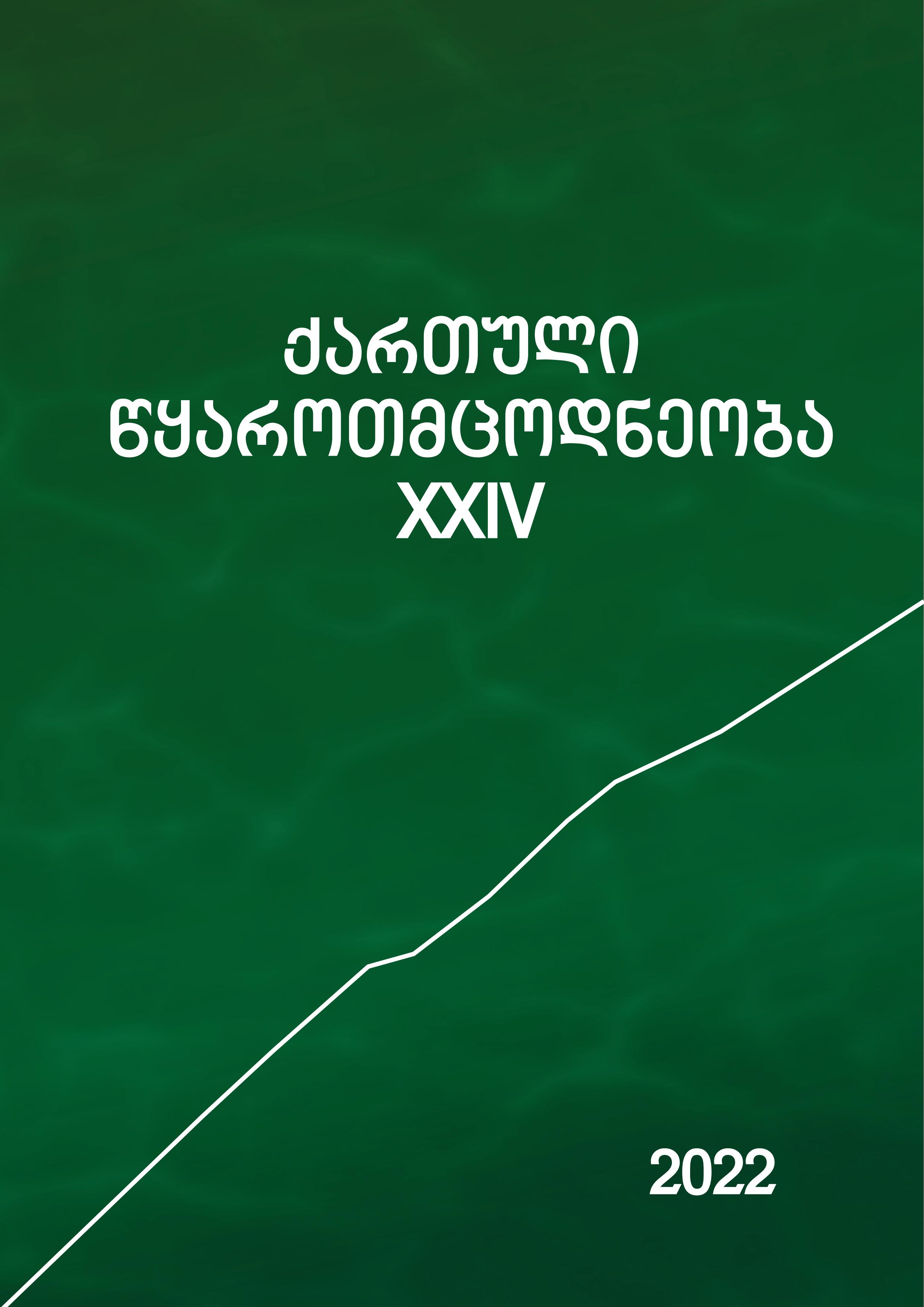The Issue of Bazaleti Battle in Georgian Historiography
Abstract
The article covers the issue of some critical analysis existing in historiography in connection with Teimuraz I, King of Kakheti and Bazaleti battle. Unfortunately, critical analysis is not based on objective research, it
was imposed by Soviet ideology. In the early 1930s Stalin was especially interested in the life of the famous
historical figure of the 17th century Giorgi Saakadze. Stalin ordered to shoot a two-series film about Saakadze.
Stalin’s intention was to create a mythical icon of Saakadze, where he would be admired as a hero, progressive,
and warrior fighting for the unity of Georgia, some unwanted past events were carefully wiped out of his biography. The main issue is not a distorted icon of Saakadze, the problem goes further, such attitude promoted
marginalization of the opposite power of Saakadze: thus, if Saakadze was fighting for the unity of Georgia his
opposing powers had to be acknowledged as true enemies of Georgia. Such attitude led many historians to
express critical opinions about King Teimuraz I, as he was in opposition of Saakadze during Bazaleti Battle.
Based on many historical sources (Georgian, Persian, Ottoman) we can conclude that Bazaleti Battle was
not the cause of King Teimuraz’s unstable, arrogant, envious character, but the battle was Saakadze’s attempt
to make the lawful heir to the throne leave kingdom of Kartli.
The opinion that Saakadze wanted to unite Georgia is critically discussed in the article, historical sources
indicate the opposite. The unity of Kartl-Kakheti was destroyed when Saakadze forced Teimuraz I to leave
Kartli. Bazaleti Battle was preceded with negotiations, where the shah acknowledged king Teimuraz as a true
Christian king of Kartl-Kakheti. This acknowledgment was the reason which clarified that Teimurad would not
stand Saakadze’s separatiscit attacks on the kingdom and Saakadze attacked Teimuraz with the united powers
from Ottomans and from the west.
Downloads
Published
Issue
Section
Categories
License

This work is licensed under a Creative Commons Attribution-NonCommercial 4.0 International License.

